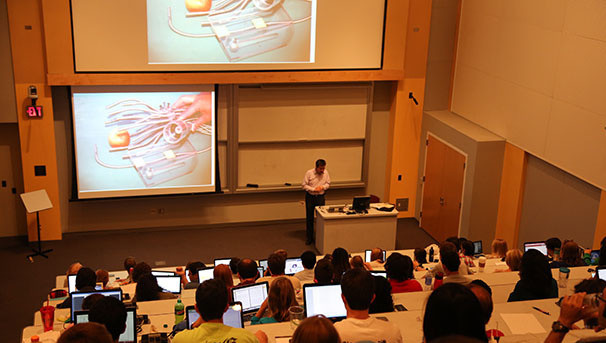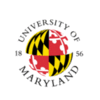This project is now in update mode. Check back regularly to see how things are progressing.
Support Bioengineering Medical Device Projects
Who We Are:
Seniors in the University of Maryland’s Fischell Department of BioEngineering (BioE) design and build devices designed to improve patient outcomes and health care while lowering costs. BioE teams are typically matched with a pair of advisors including a BioE faculty member and a physician from the University of Maryland Medical Center. The teams are assisted by University engineers for fabrication and by business advisors for entrepreneurship. This year, there are 91 students comprising 18 teams of innovators full of fearless ideas.
Why contribute and how?
Help us to create state of the art medical devices! Funds will be used for supplies and equipment to prototype. Our current budgets are constrained, and your support will make a difference in our ability to enhance human health. Any donation you can give will be of great help!
What We Do:
Through our yearlong Capstone project, we design new medical devices from concept to prototype. The process teaches us about market research, business plans, ethics and the patent process. In fact, last year’s projects led to 5 new patents and several prizes! Projects from last year were designed to addressed current unmet needs such as:
A new hospital bed to minimize chronic bedsores: Students designed a new hospital bed which allows for a gentle rocking motion that prevents sores from forming, and eliminates the need for nurses to rotate patients every 2 hours.
A device for measuring ankle movement and strength: Students developed a device for quantitative measurement of ankle mobility. Knowing a good measure of ankle force, rotation and degrees of freedom allows the treating physician to make better clinical treatment decisions
A rapid diagnostic for dengue fever: Students designed a rapid diagnostic test for the presence of dengue fever. Dengue is a highly infectious disease found in the developing world and equatorial regions. Prompt diagnosis is needed for effective treatment of dengue fever.
Measuring the response to exercise in a patient in an MRI for simultaneous imaging: It is beneficial to measure the ability to exercise in cardiac patients. Students developed a device to help perform this measurement during an MRI procedure. This will allow cardiologists to have a better picture of the heart’s response to exercise, and will help determine the best treatment options for each patient.
Reactor for sorting stem cells in a cell preparation for researcher applications: Students designed a device for stem cell researchers to be able to quickly and easily isolate stems cells from multi-cellular preparations. This device will allow researchers to isolate and grow stem cells on a scaffold with better growth characteristics, and will have applications in transplant, artificial organ and other stem cell work.
Verifying placement of an endotracheal tube using ultrasound: Students designed a new magnetized endotracheal tube so that pulmonary physicians and respiratory therapists can verify the placement of the endotracheal tube for patients on respirators. Secondary goals are to incorporate into the design features so that patients cannot bite and collapse the tube, and so that the vocal chords will not be affected by improper insertion of the tube.
A device to measure presence of a pulse in an emergent setting: Students developed an ultrasonic patch to help first responders determine if a pulse is present. This will help determine if cardiopulmonary resuscitation is effective, and if cardioversion is needed.
Monitoring urinary nitrogen in an ICU setting: Students developed a device for real time continuous measurement of urinary nitrogen in order to streamline diagnosis. Within an ICU, the physician or health care provider can assess the level of kidney function without having to wait for results from an analysis that would have to be sent out to a hospital laboratory.
A scaffold for stem cells to help heal large bone defects: Students designed a scaffold to house stem cells that would allow for more rapid healing when large bone grafts are needed.
Gifts in support of the University of Maryland are accepted and managed by the University of Maryland College Park Foundation, Inc., an affiliated 501(c)(3) organization authorized by the Board of Regents. Contributions to the University of Maryland are tax deductible as allowed by law. Please see your tax advisor for details.
$250
Platinum Donor
Generous contributions like yours open new options for medical devices



